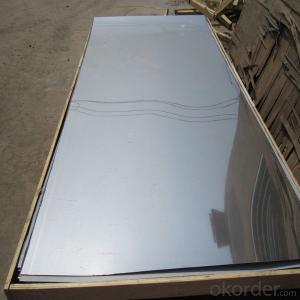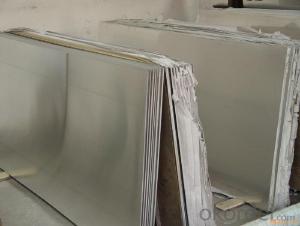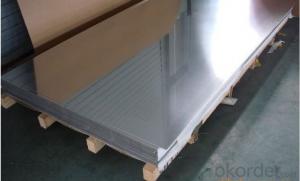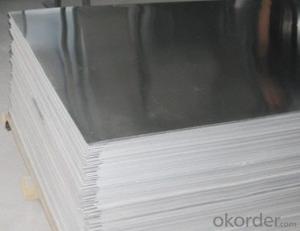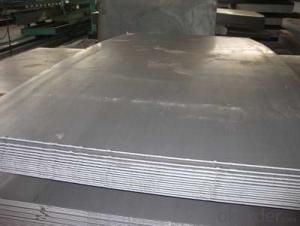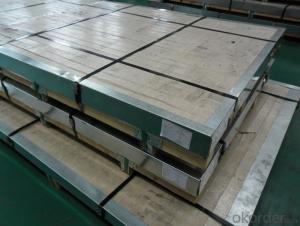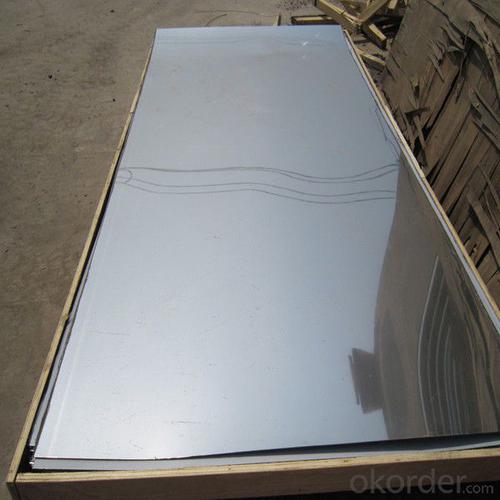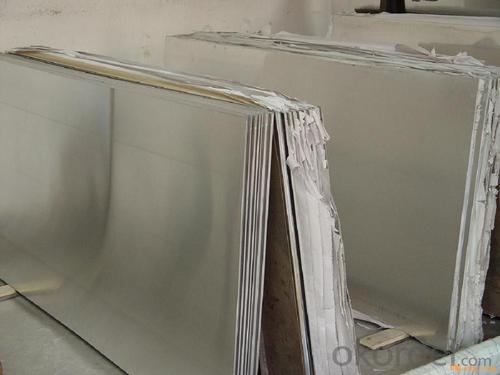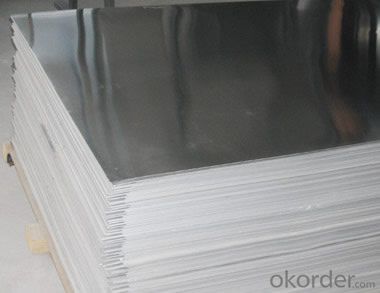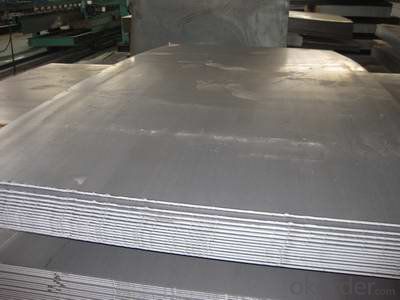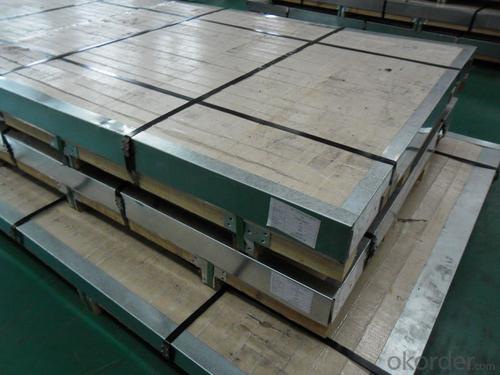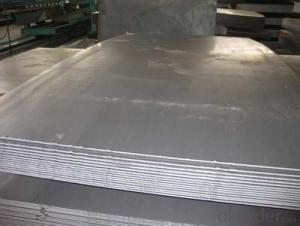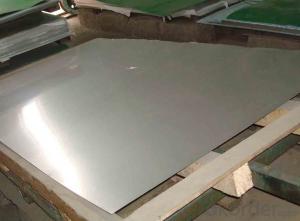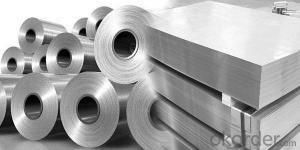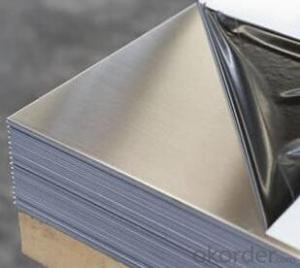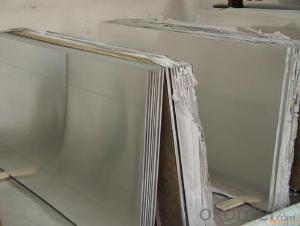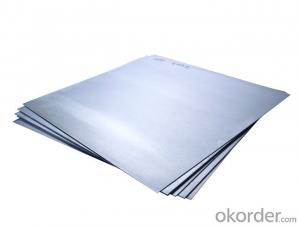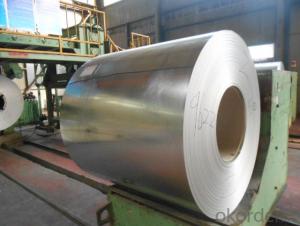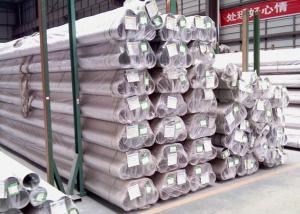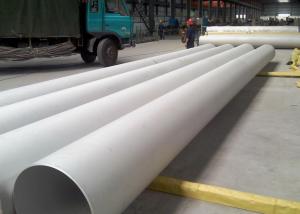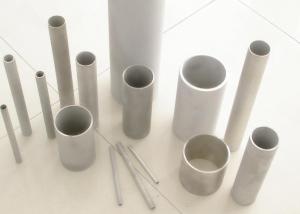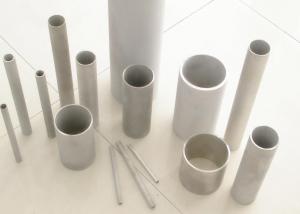Stainless Steel Sheet 3mm Thickness with No.4 Surface Treatment
- Loading Port:
- Shanghai
- Payment Terms:
- TT OR LC
- Min Order Qty:
- 500 m.t.
- Supply Capability:
- 5000000 m.t./month
OKorder Service Pledge
OKorder Financial Service
You Might Also Like
Hot sale stainless steel sheet 201/202/304/304l/310S/309S/316L/316Ti/316/321/410/420/430/444/443/409L,and 904L.
Description of Stainless Steel Sheet:
Description | steel sheet,hot rolled steel sheet,cold rolled steel sheet, steel sheet,sheet,steel plate |
Standard | ASME, ASTM, EN ,BS,GB,DIN, JIS etc |
Application | Steel sheet applies to construction field, ships building industry, petroleum & chemical industries, war and electricity industries, food processing and medical industry, boiler heat exchanger, machinery and hardware fields. |
Packaging | Standard export sea-worthy packing |
Delivery time | 10-30 days |
Quality | No.1 |
Productivity | 500 tons/Day |
Note | Our company has cooperative relation between the domestic agents. Stainless steel sheet can be made accordingto the customers requirements. Fasten delivery. Quality assured. |
Contacts | If you have any question,please feel free contact me. |
Stainless steel sheet surface finish characteristics
Surface finish | Characteristics and application |
2B | The surface brightness and flatness of no2B is better than no2D. then through a special surface treatment to improve its mechanical properties,No2B could nearly satisfy comprehensive uses. |
No.1 | Polished with abrasive belt of grit#100-#200, have better brightness with discontinuous coarse stria, used as inner and external ornaments for building, electrical appliances and kitchen utensils etc. |
No.4 | Polished with abrasive belt of grit #150-#180,have better brightness with discontinuous coarse stria, but thinner than No3, are used as bathtub buildings inner and external ornaments electrical appliances kitchen utensils and food processing equipment etc. |
HL | Polished with abrasive belt of grit #150-#320 on the NO.4 finish and has continuous streaks, mainly used as buildings ornaments elevators, door of building, frontal plate etc. |
BA | Cold rolled, bright annealed and skin-passed, the product have excellent brightness and good reflexivity like mirror, kitchen apparatus, ornament etc. |
8K | The product have excellent brightness and prefer reflexivity can to be the mirror. |
Main Features of stainless steel sheet :
•Escalator, Elevator, Doors
•Furniture
•Production tools, Kitchen appliances, freezers, cold rooms
•Auto Parts
•Machinery and Packaging
•Equipment and Medical devices
•Transport system
Product Details:
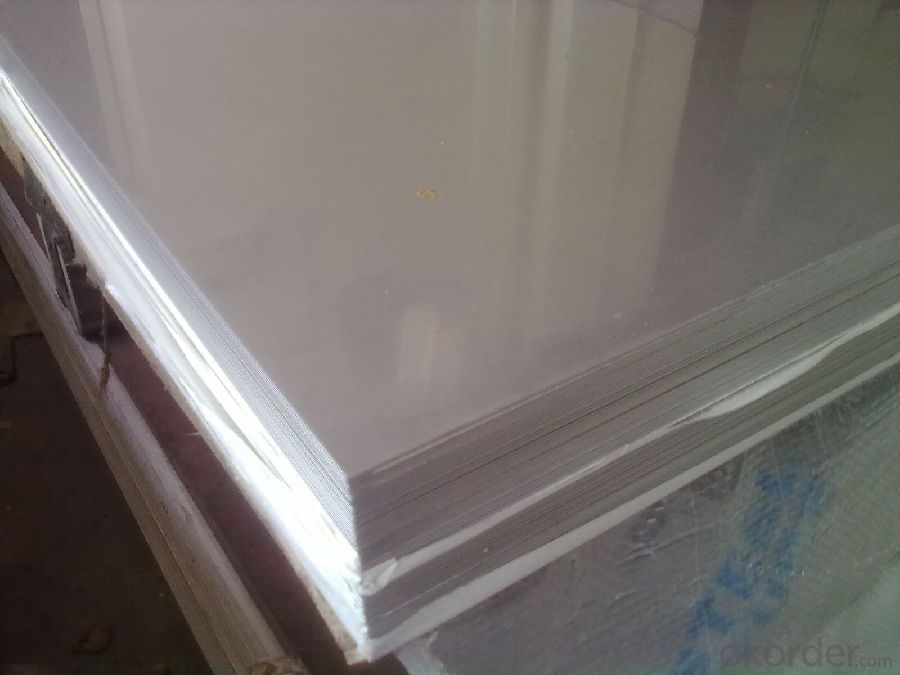
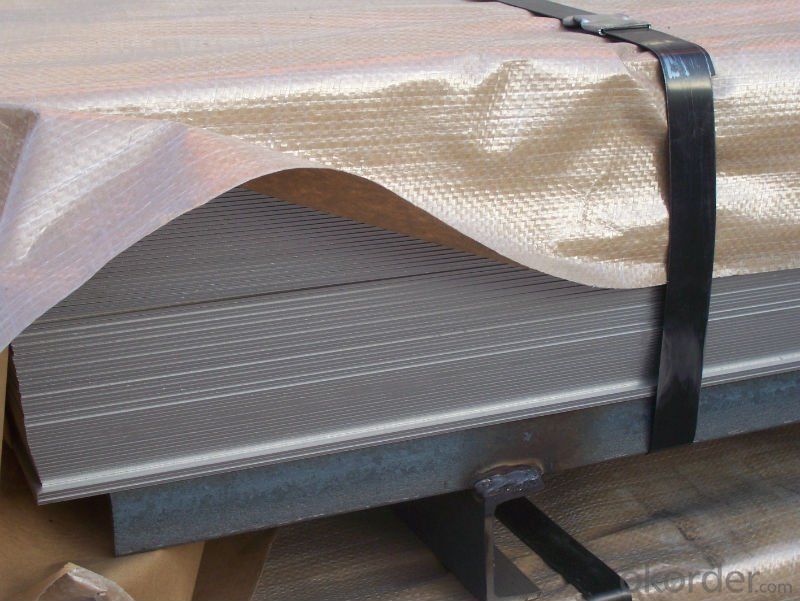
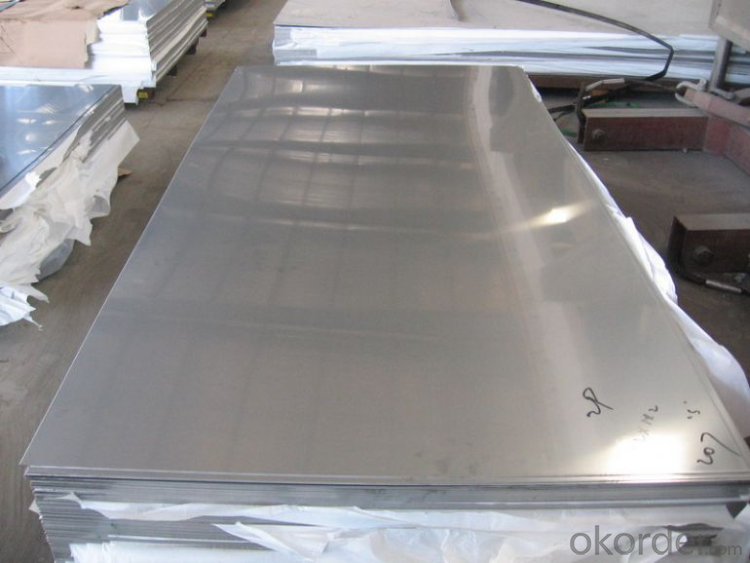
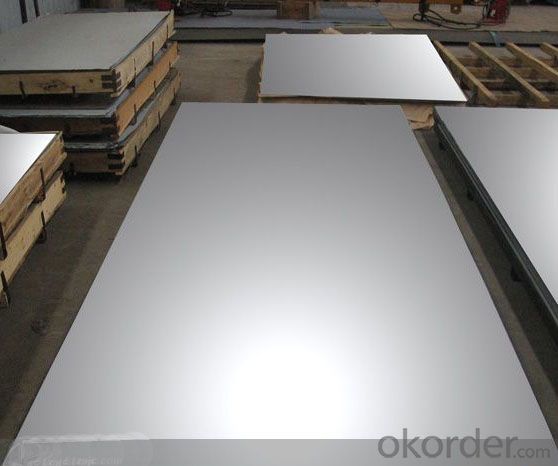
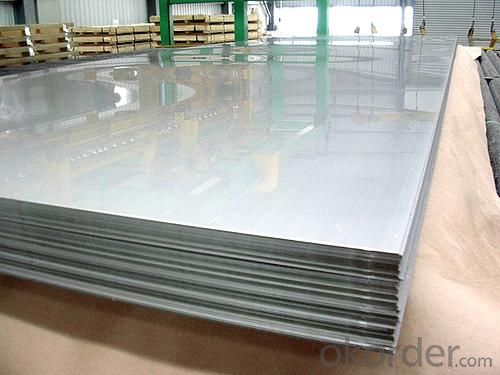
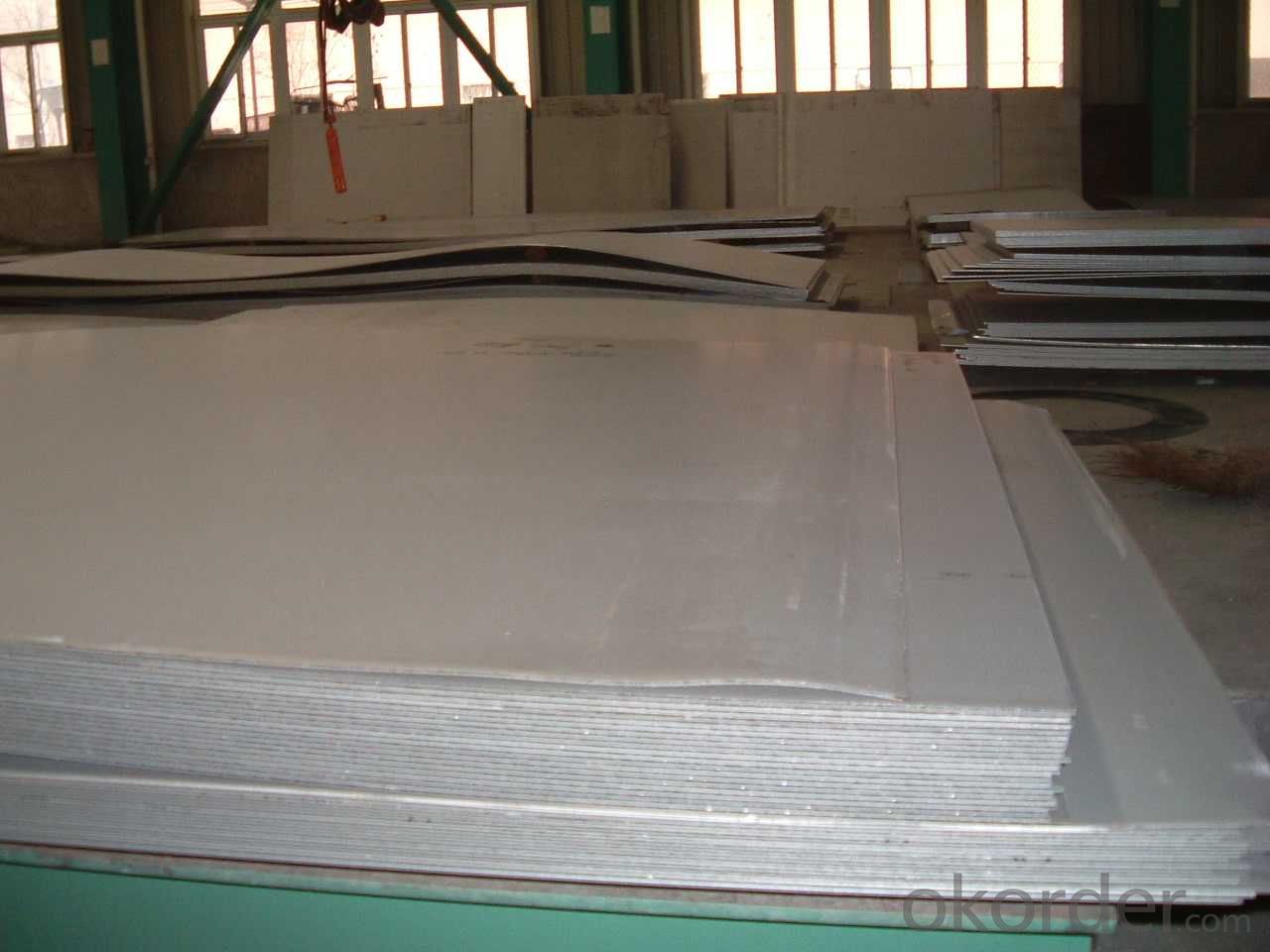
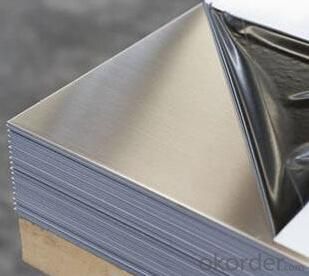
Cold Rolled and Hot Rolled:
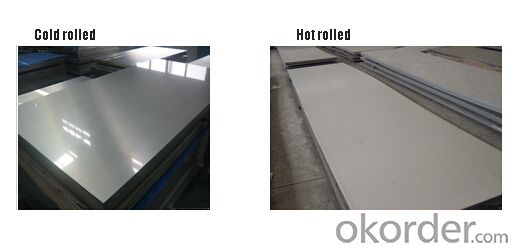
Packing and Loading:
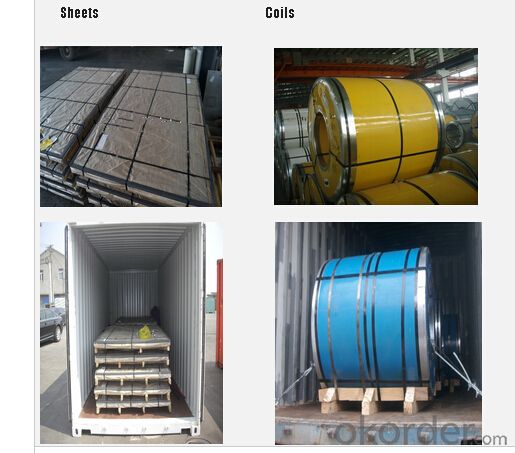
FAQ:
1. What's the quality?
Very fine, we have been exported to more than 30 countries.
2. How long get reply?
Usually within 24 hours
If you have any question about stainless steel sheets, do not forget to send the email to us! You will get the competitive Price and have a very good experience about the Buying Process! CNBM International Corporation is always your trustful friend!
- Q: Are stainless steel sheets suitable for outdoor sculptures?
- Indeed, outdoor sculptures greatly benefit from the use of stainless steel sheets. This material is renowned for its durability and resistance to corrosion, making it exceptionally well-suited for enduring the harsh conditions of the outdoors. Furthermore, stainless steel exhibits remarkable resistance to rust, staining, and fading, thereby establishing itself as a low-maintenance alternative for outdoor sculptures. Moreover, stainless steel boasts a sleek and contemporary appearance, effectively enhancing the aesthetic allure of outdoor artworks. Its robustness and pliability also render it ideal for crafting intricate and elaborate sculptures. Consequently, stainless steel sheets prove to be an outstanding selection for outdoor sculptures, guaranteeing their longevity while simultaneously amplifying their visual impact.
- Q: What does "80 wire" stainless steel plate mean? How much more expensive than the average stainless steel plate?
- It's 0.08mm stainless steel!! It's so thin. It's expensive. A kilo is at least 10 yuan!!
- Q: Are stainless steel sheets suitable for roofing applications?
- Yes, stainless steel sheets are suitable for roofing applications. They are durable, corrosion-resistant, and provide excellent strength and longevity. Additionally, stainless steel sheets offer good aesthetic appeal and can withstand harsh weather conditions, making them a reliable choice for roofing projects.
- Q: Can stainless steel sheets be etched or engraved?
- Indeed, it is possible to etch or engrave stainless steel sheets. Etching and engraving serve as widely employed techniques for crafting designs, patterns, and text onto stainless steel surfaces. These methodologies entail the elimination of a fine layer of the metal to form the desired design. Etching may be accomplished through the utilization of chemicals or the use of a laser, while engraving is commonly executed with a mechanical tool or laser. This process of etching or engraving can yield intricate and elaborate designs on stainless steel sheets, rendering them suitable for a broad array of applications, including signage, decorative panels, nameplates, and more.
- Q: Are stainless steel sheets good for exhaust systems?
- Yes, stainless steel sheets are excellent for exhaust systems. Stainless steel is a popular choice for exhaust system materials due to its high resistance to corrosion, heat, and pressure. It can withstand the extreme temperatures and harsh conditions that exhaust systems are exposed to, ensuring durability and longevity. Stainless steel also has excellent acoustic properties, helping to reduce noise levels. Additionally, stainless steel sheets can be easily formed and welded, allowing for the creation of customized exhaust system designs. Overall, stainless steel sheets are a reliable and efficient material for exhaust systems in terms of performance, aesthetics, and overall functionality.
- Q: What are the different types of stainless steel sheet surface patterns available?
- Some common types of stainless steel sheet surface patterns include brushed, mirror, embossed, diamond, and satin.
- Q: What are the properties of stainless steel sheets?
- Stainless steel sheets possess multiple properties that make them extremely desirable in various industries and applications. To begin with, their excellent corrosion resistance is a result of the presence of chromium in the alloy, which forms a protective oxide layer on the surface, preventing rust and staining. Moreover, stainless steel sheets are renowned for their strength and durability. They can withstand heavy loads and resist deformation due to their high tensile strength. This makes them suitable for applications requiring structural integrity and longevity, such as in construction, automotive, and aerospace sectors. Another significant property of stainless steel sheets is their resistance to heat and fire. They can endure high temperatures without losing their structural integrity or strength. As a result, they are ideal for applications involving extreme heat, like commercial kitchens and industrial furnaces. Additionally, stainless steel sheets are hygienic and easy to clean, making them suitable for use in the food and medical industries. Their non-porous surface prevents the growth of bacteria, making them a reliable choice for food processing equipment, surgical instruments, and medical devices. They also possess an attractive appearance, with a smooth, reflective surface that is easy to maintain. This makes them aesthetically pleasing and suitable for architectural and decorative applications, such as building facades, interior design, and furniture manufacturing. Lastly, stainless steel sheets are highly versatile and can be easily formed, welded, and fabricated into various shapes and sizes. This flexibility allows for customization and adaptation to specific project requirements, offering designers and engineers a wide range of possibilities. In summary, stainless steel sheets offer corrosion resistance, high strength and durability, heat and fire resistance, hygiene, ease of cleaning, an attractive appearance, and versatility. These properties have made them a popular choice in numerous industries, ensuring their widespread use in various applications.
- Q: Are stainless steel sheets recyclable?
- Indeed, stainless steel sheets possess high recyclability. This sustainable and eco-friendly material can be recycled endlessly, maintaining its properties intact. The process of recycling entails gathering and organizing stainless steel scraps, melting them, and subsequently employing the resulting material to fabricate fresh stainless steel products, notably sheets. By recycling stainless steel sheets, not only are we preserving natural resources and diminishing waste, but we are also conserving energy and mitigating greenhouse gas emissions linked to the manufacturing of new stainless steel.
- Q: Can stainless steel sheets be used for stairs and railings?
- Yes, stainless steel sheets can be used for stairs and railings. Stainless steel is a versatile and durable material that is often used in architectural and interior design applications. It is resistant to corrosion, which makes it suitable for outdoor use and areas with high humidity or exposure to chemicals. Stainless steel sheets can be fabricated into various shapes and sizes, making them ideal for constructing stairs and railings with a sleek and modern look. Additionally, stainless steel is easy to clean and maintain, making it a practical choice for areas with high traffic or public spaces.
- Q: Stainless steel wire drawing without fingerprints, what principle?
- Therefore, the method of stainless steel fingerprint resistance is to make the specular surface of stainless steel into diffuse surface.The conventional method mainly has two kinds of drawing and sand blastingWire drawing is to use (coarse grit) abrasive belt or grinding wheel to burnish on stainless steel surface, make stainless steel surface roughness increase, destroy its "mirror reflection" characteristic. It can be polished by hand (hand grinding can be applied to stainless steel of various shapes). It can also be polished with a special stainless steel sanding machine (suitable for stainless steel plates, but with high efficiency).
Send your message to us
Stainless Steel Sheet 3mm Thickness with No.4 Surface Treatment
- Loading Port:
- Shanghai
- Payment Terms:
- TT OR LC
- Min Order Qty:
- 500 m.t.
- Supply Capability:
- 5000000 m.t./month
OKorder Service Pledge
OKorder Financial Service
Similar products
Hot products
Hot Searches
Related keywords
